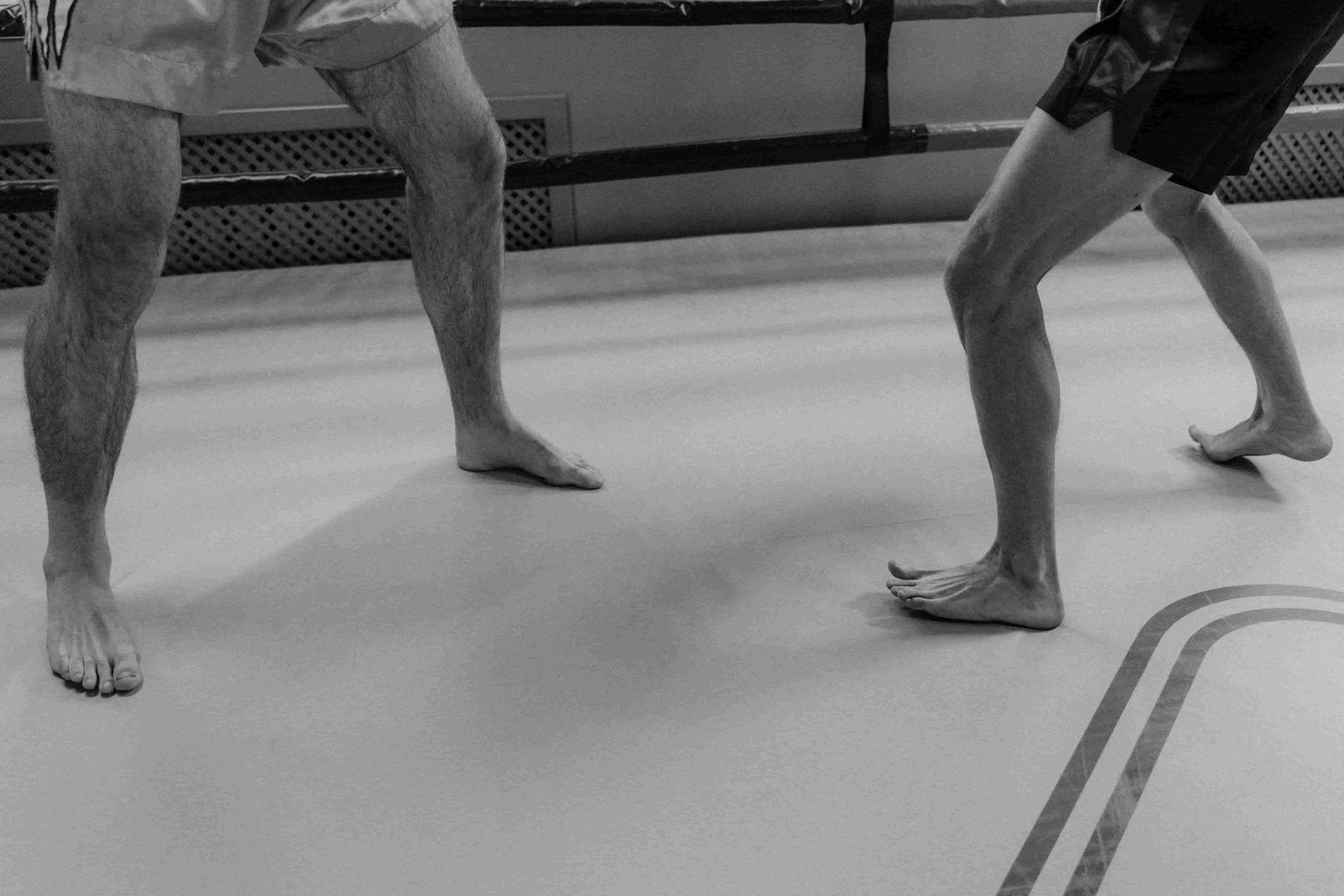In boxing, footwork is everything. It’s the unseen force that dictates your movement, positioning, and ability to control the ring. Without solid footwork, even the most powerful punches can fall short. That’s why understanding and mastering Boxing Footwork Fundamentals is essential for every fighter, whether you’re a seasoned athlete or a beginner.
This article breaks down the core aspects of boxing footwork to help you elevate your game. You’ll discover the key fundamentals—like balance, weight distribution, and pivoting—that are the foundation of every effective movement. Practical drills, from shadowboxing to agility exercises, will help sharpen your skills and take your performance to the next level. By the end, you’ll not only understand the different types of footwork but also how to seamlessly incorporate them into your strategy.
For those who want a deeper dive, check out our recommended footwork course, packed with expert tips and techniques to supercharge your training. Whether you’re improving mobility, refining defensive tactics, or gaining control in the ring, this guide gives you the tools to succeed. Let’s dive in and lay the groundwork for your next breakthrough in boxing.
What Are the Fundamentals of Boxing Footwork?
Mastering Boxing Footwork Fundamentals is essential for anyone aiming to improve their skills in the ring. Proper footwork starts with a strong foundation, ensuring every movement is purposeful and controlled. Here are the core fundamentals you need to focus on:
- Balance and Stability: A solid stance keeps you grounded, allowing you to stay in control and react effectively.
- Weight Distribution: Shifting your weight smoothly between feet ensures fluid movement, boosting both speed and power.
- Foot Placement: Proper alignment of your feet helps optimize punches and evade incoming attacks with ease.
- Pivoting Techniques: Turning on the ball of your foot lets you change angles swiftly, keeping your opponent guessing.
- Defensive and Offensive Footwork: Seamlessly blending defensive steps with offensive moves ensures you stay adaptable during a fight.
By focusing on these key elements, you’ll build a foundation that supports both precision and agility. Remember, consistent practice is the key to making these fundamentals second nature.

How to Practice Footwork for Boxing?
Practicing Boxing Footwork Fundamentals requires dedication and a structured approach to enhance your mobility and precision in the ring. Incorporating a variety of drills into your routine will help you build both speed and control. Here are some effective methods to get started:
- Shadowboxing Drills: Practice your footwork in front of a mirror to refine movements and improve overall precision.
- Agility Ladder Drills: These exercises focus on foot speed and coordination, allowing you to move quickly and fluidly.
- Cone or Marker Drills: Place markers on the floor to train directional changes and sharpen your ability to execute quick steps.
- Jump Rope Exercises: Develop rhythm and stamina with consistent jump rope sessions, which are fundamental for sustained footwork.
- Partner Movement Drills: Work with a partner to synchronize your movements, preparing for real sparring scenarios.
These drills, when practiced consistently, will solidify your foundation and help you master dynamic and effective footwork. Remember, consistency and focus are essential to mastering these techniques.
What Are the Key Fundamentals of Boxing?
Boxing combines precision, agility, and strategy, making its fundamentals essential for success. At the heart of this lies Boxing Footwork Fundamentals, which tie every movement together. Here are the key components that every boxer should master:
- Stance and Guard: A solid stance with hands held high provides the stability and protection needed in every exchange.
- Punching Technique: Proper punches generate power while maintaining balance, ensuring you stay ready for follow-ups.
- Head Movement: Smart evasive motions keep you safe from incoming strikes while setting up counterattacks.
- Defensive Tactics: Skills like blocking, parrying, and slipping punches allow you to turn defense into opportunity.
- Footwork Integration: Effective footwork ensures seamless transitions between offense and defense, helping you control the pace.
Each of these elements serves a unique purpose, and together, they create the backbone of your boxing skills. Sharpen these fundamentals consistently, and you’ll gain the confidence to adapt to any challenge in the ring.

What Type of Footwork Is Used in Boxing?
In boxing, movement is everything, and Boxing Footwork Fundamentals are the foundation for staying one step ahead of your opponent. Effective footwork is all about controlling distance, maintaining balance, and finding the best angles for attack or defense. Here are the primary types of footwork used in the ring:
- Forward and Backward Movement: Essential for creating distance or closing gaps to position yourself strategically during exchanges.
- Lateral Steps: Side-to-side movements that improve positioning and help you evade punches while staying balanced.
- Circling: Rotating around your opponent to open up new angles for attack and disrupt their rhythm.
- In-and-Out Movements: Quick steps forward to strike and back to avoid counters, keeping you unpredictable.
- Switching Stances: Shifting between orthodox and southpaw stances to create tactical advantages and confuse your opponent.
These techniques empower you to take charge of the fight, ensuring you remain agile and strategically positioned throughout.
Starting your journey in boxing begins with mastering Boxing Footwork Fundamentals, which lay the groundwork for every movement in the ring. For beginners, focusing on simple yet effective techniques can make a huge difference:
- Starting with the Basics: A proper stance keeps you balanced and stable, preparing you for both offense and defense.
- Learning to Pivot: Pivots are essential for changing angles quickly, allowing you to outmaneuver your opponent effortlessly.
- Drilling Step-and-Slide Movements: These movements improve coordination, helping you stay mobile without losing balance.
- Staying Light on Your Feet: Light steps ensure agility, making it easier to react swiftly to any situation.
- Practicing Consistently: Repeated practice builds muscle memory, ensuring your movements feel natural and automatic.
For beginners, the key is patience and persistence. As you refine these techniques, your confidence will grow, and you’ll see noticeable improvements in how you move and control the ring. Start small, and watch your skills evolve with every session.

